A tree takes a long time to bear fruit: straight from mother earth here is our review of Eastward for Nintendo Switch
Our relationship with Eastward, in phase of review for the exclusive temporal version on Nintendo Switch, it’s about love-hate. Or rather, love-hate-hate, if it makes sense. Because we are dealing with a title so beautiful that its moles are all too evident. And it is really a shame: we are really a breath away, most likely, from having in our hands indie of the year. Without fear of overestimation, and without any obsequious intent of praise. Especially considering that what Eastward aspires to is to stand out from the crowd while following the trend of the independent video game.
It would almost seem that the pixel art is now a graphic style with which to distinguish the budget of a game, understanding which one was born from an independent studio and which is the result of triple A. In reality we know very well that it is not so, but we know how it works: Shovel Knight did street (and school), and it goes without saying that every boorish imitation of the eight and sixteen-bit era is a harbinger of success. That’s not how it works, and more and more independent studios are figuring out how to best mix their muses without falling for granted. Aside from the occasional foot shot, Eastward he succeeded in full.
Six feet underground
Let’s talk about plot, because Eastward literally has plenty (and frying) of it: if the review were for a visual novel instead of this specific Nintendo Switch title, we’d probably be talking about it better. Right from the start, the game welcomes us (so to speak) to a dystopian society of miners. The world, or so the despotic mayor of the village leads us to think, is in a post-apocalyptic state: the surface is the “forbidden land” and is literally compared to a kind of hell. This lie will keep us company in the first bitter hours of play.
The routine of the protagonist, the taciturn miner John, is upset by the orphan Sam. This foundling, who emerged from a capsule before the events of the game, has lived with him for some time. However, little Sam’s staggered memories of how the “forbidden land” is actually a paradise, green at the bottom and blue at the top, set in motion a chain of events that will lead the couple to take a very necessary breath of air. fresh. In this sense, we have already seen two inspirations: the only dynamic between adoptive father and daughter in law sparks The Last of Us from every pore, with a hint of Death Stranding. But then?

Oh my, it’s almost Zelda – Eastward review for Nintendo Switch
Since his opening lines, Eastward makes no secret of the clean cut that we could see in the review phase on Nintendo Switch: a more relaxed (and “disarmed”) pace of the protagonist during pure exploration, and a more decisive step, pan in hand, for areas of the map where we may encounter enemies. The interface reflects this schism showing our hearts in gray, very “Zeldian” health indicators, and then making them palpitate with red where enemies are hidden. In this sense, the exploration takes up all the trappings of the best The Legend of Zelda: keys, puzzles and closed doors behind us to the first horde of enemies.
The comparison with The Legend of Zelda, then, leads us directly to Breath of The Wild with the possibility of cooked the ingredients found around giving life to soothing delicacies. If we also take into account the bombs and even the jingles, we have a full-blown homage to each solved puzzle, while maintaining our own identity. Except for smudges, Eastward’s greatest merit is precisely his unwavering loyalty to himself. The fights keep a simple approach, between charged attacks by holding the button and little else. The elements that spice things up, such as new weapons and abilities, only take over later.

Linear, but not too much, too painful – Eastward review for Nintendo Switch
However, the protagonists of Eastward are two, and in the review phase the Nintendo Switch version did not (almost) take long to remind us. Similarly to the moves, in fact, the possibility of playing as Sam (with the help of his mental powers in combat, represented by a loading bar halfway between Azure Striker Gunvolt and Persona 5) is introduced much later, as soon as before inevitably setting foot on the surface. L’alternation between the two, in Mario & Luigi style, it paves the way for both more dynamic combat and more varied puzzles.
The management of the two separately is a classic of the genre that also finds a place here, but (as specified at the beginning) it is never invasive, unlike anything else. Let’s be clear: exploration is facilitated by the combination of map and game diary, both present in the menu. On the other hand, worthy of note (of demerit) is the management of the densest groups of enemies. The almost total lack of invincibility frames it makes us vulnerable just after taking a hit: the possibility of taking too many hits all at once has arisen several times. The resulting (and unjust) instant deaths are the result not of a calculated difficulty, but of a blatant oversight.
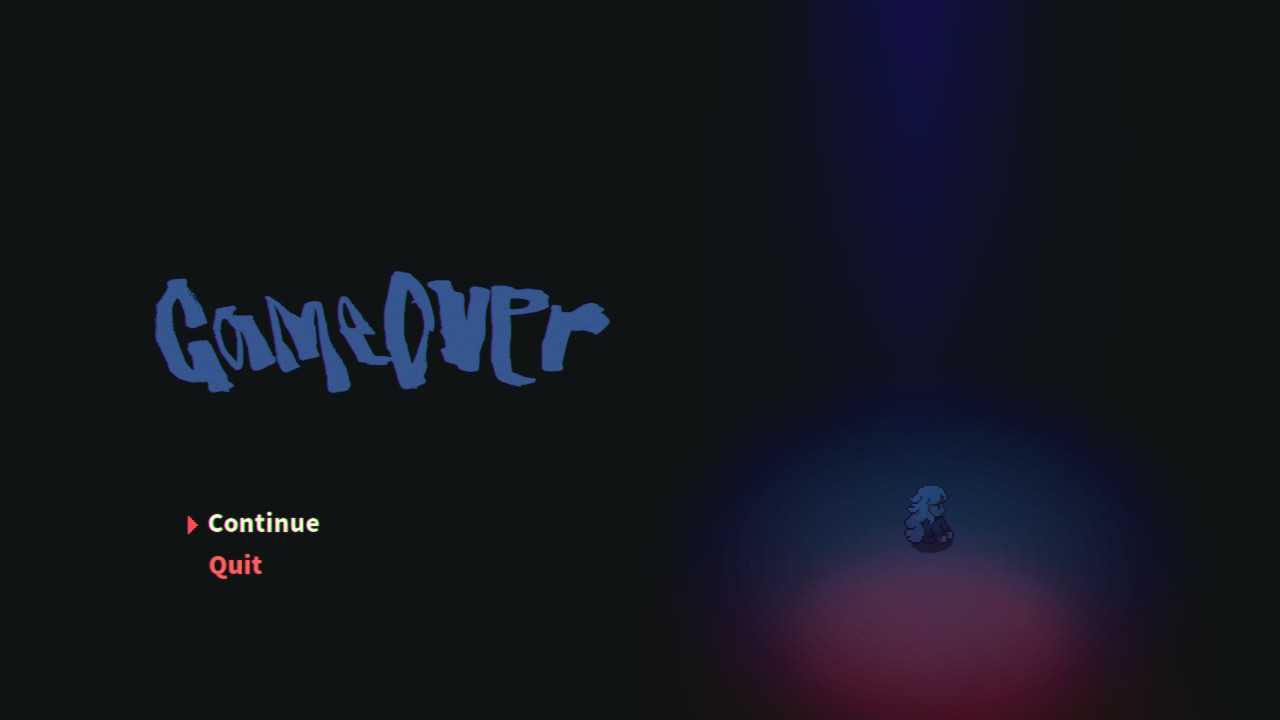
Away the Tooth, Away the Pain – Eastward Review for Nintendo Switch
The possibility of being literally run over by enemies is not a serious flaw, but it serves as an aggravating factor to Eastward’s worst shortcoming: whether it’s the Nintendo Switch version or not, no review should forget to mention the rhythm of the game. We talked about a “lethargic” cadence introducing you to our judgment of WarioWare: Get It Together!, But it’s one thing to do so in an article and another is when the game is holding back longer than it should. Credit should be honored: the characters are divinely characterized, to the point of giving us the impression of seeing a movie at times.
Unfortunately, however, there are occasions when it happened to us to mentally relive the jokes on day one of the aforementioned Death Stranding. You don’t exactly find yourself not pressing any buttons for an hour, but some dialogue really does tend to go on longer than it should. This stylistic choice undoubtedly elevates the artistic merits of the first work of Pixpil (published by Chucklefish), but at the same time it tends to cripple the immersion that the game so much aims to create. We are not like the long prologue of Kingdom Hearts II; here Roxas’ slow week of vacation is well overtaken.

The Influence of Mother Earth – Eastward Review for Nintendo Switch
Ironically, while Eastward’s dialogues tend to go on longer than necessary, some lines (whether it’s to simulate a quick talk or not) end up running on their own. A stylistic choice, too, undoubtedly, which, however, almost borders on narcissism: as a gag, the text “so fast as to force us to pause” has largely had its day. Although there is an eternity between one addition to the gameplay and the other, however, such narcissism is not exactly misplaced. What the craftsmanship behind game design intends to do is clear, and there’s no getting around it.
One of influences most noticeable behind Eastward is none other than MOTHER, Ness and Lucas’ provenance series. Seeing the same personality, peppered with some foul language here and there, spurting from the pixels of the various characters is a real feast for the eyes. The individuality of the characters is comparable to the cast of One Piece: there is no one alike, both in the dialogues and in the appearance and movements, which makes them perfectly identifiable in any sense. After Undertale and Deltarune, therefore, it is nice to see that Shigesato Itoi’s work has also been able to inspire other indie gems.

Earthbound in More Than One Way – Eastward Review for Nintendo Switch
As well as the minigame itself, we also take a little break from the review of Eastward for the Nintendo Switch. Rarely can a minigame bear the distinct definition of “game within game”, and according to the writer there is no variation on the theme remotely comparable to Earth Born. Despite the assonance (intentional, we suppose) with EarthBound, we are dealing with a real scale replica of the classic Dragon Quest. We don’t even know how it is possible to reduce the entire RPG genre to cube root, but the guys at Pixpil have somehow succeeded.
We are dealing with an authentic secondary adventure, which in its dialogues puts the conventions of the genre to shame. In terms of gameplay, however, we have in our hands a small role-playing game with a lot of attached save file. Equipment, inns, teleport stations, spells and more: there is everything you need to create an experience as complete as ever. Adding a real old-fashioned instruction manual is the icing on the cake. This excellent distraction he knew where to strike, and the tactical use of a well-balanced nostalgia will surprise you too.
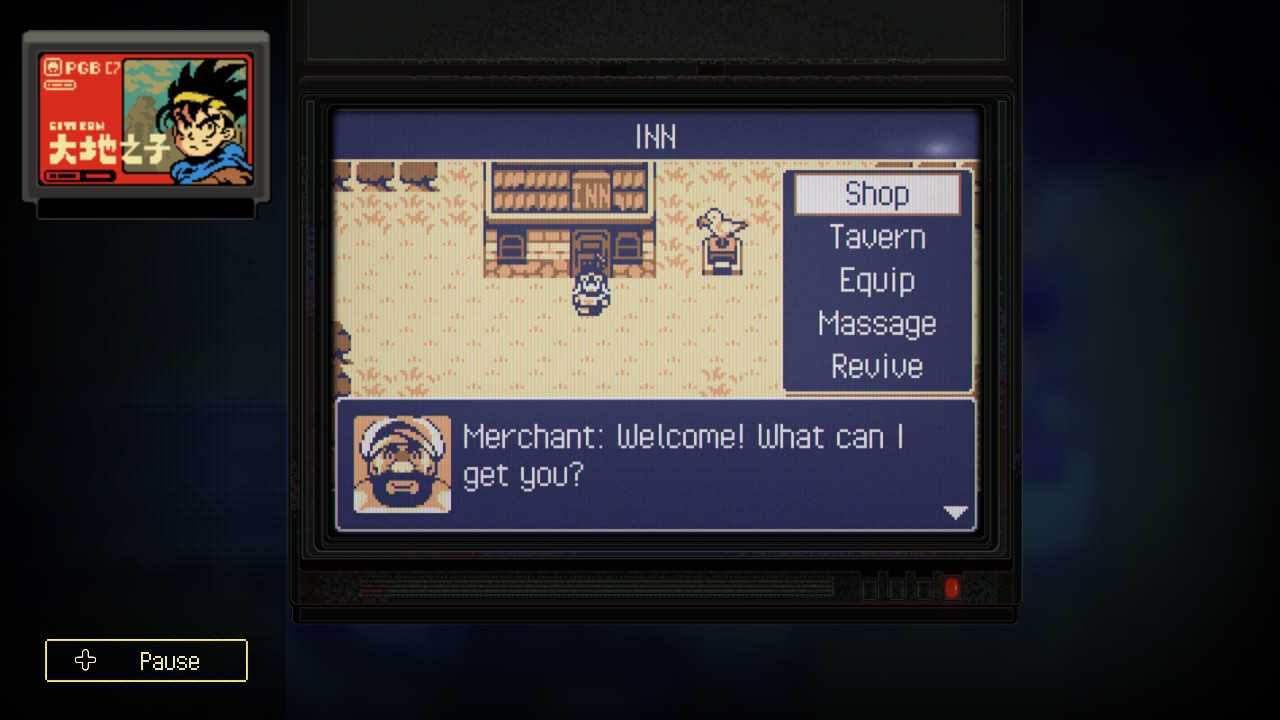
Arm yourself with patience and more – Eastward review for Nintendo Switch
Turning away from the terminals of the brilliant Earth Born, let’s move on to the latest gameplay considerations in this review of Eastward for Nintendo Switch. A detail on which we would like to emphasize is the dynamics with which the game signals the chests to be found. In a cryptic way, a reception indicator it makes us realize, or at least it should, that we are near a container. This metaphor is a bit lost when we consider that neither John nor Sam have a cell phone, especially considering that the game starts in a mine. And speaking of orientation, let’s focus on another flaw.
While the game owes its problems to overzealousness, it must be said that excellent pixel art (for which Owlboy is not a milestone, but the standard) sometimes puts the gameplay at a disadvantage. There have been occasions when it was difficult to find the right exit from an area due to the high number of details. As always it is “a big problem to have”, but when ranged weapons (introduced with the dropper after leaving the underground, together with the possibility of voluntarily separating John and Sam) depend so much on our accuracy, making mistakes can sometimes be a little frustrating.

Learn the art but don’t put it aside – Eastward review for Nintendo Switch
Let’s start at the exit from this artistic exhibition by judging the Eastward technical sector, starting from graphics. What could we say that hasn’t already been said? In reality, gameplay smudges aside, we can’t think of anything that isn’t worth the game, so many, but lots of open-stage applause. It is undoubtedly one of the most artistically curated titles of the year, oozing personality from every pixel. Every stylistic choice, including the bizarre intuition of making refrigerators a save point (although the game enjoys frequent auto-saves), it fits nicely into a near-perfect mosaic.
The same…











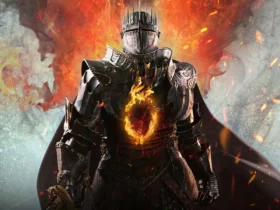
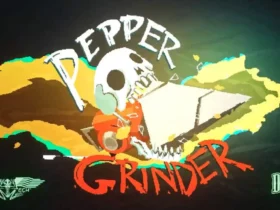
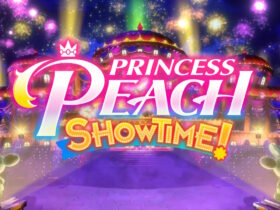
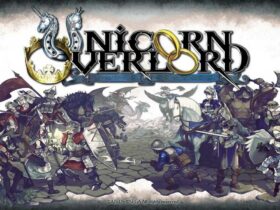
Leave a Reply
View Comments